| Author: | Herbert Rae | ISBN: | 9781782891055 |
| Publisher: | Lucknow Books | Publication: | January 15, 2013 |
| Imprint: | Lucknow Books | Language: | English |
| Author: | Herbert Rae |
| ISBN: | 9781782891055 |
| Publisher: | Lucknow Books |
| Publication: | January 15, 2013 |
| Imprint: | Lucknow Books |
| Language: | English |
It was the celebrated Canadian physician and poet Lieutenant Colonel John McCrae that wrote the famous lines “In Flanders fields the poppies blow" as an opening to his famous poem ‘In Flanders Fields’. His countrymen had shed their blood copiously in fighting the Germans on the Western Front and earned an outstanding reputation as fighting troops. Despite perhaps lacking a bit of ‘spit and polish’, they would be exchanged by no Allied commander for other troops.
His compatriot George Gibson wrote ‘Maple Leaves in Flanders Fields’ as a lasting testament of the achievements and character of his fellow Canadian soldiers. His book is not a bold statement of the engagements, battles and victories that the Canadians were involved in, but rather the story of the Canadians by a Canadian with a humorous tone and self-effacing modesty. Although there are many battle scenes depicted with great skill and vividness, it is perhaps the moments of quiet that display the character of the Canadian troops most; for example, an exchange at a hand-over of the line:
Sentry. “Halt! Who goes there?”
Answer. “First Grenadiers.”
Sentry. “Pass, first Grenadiers; all’s well.”
Sentry. “Halt! Who goes there?”
Answer. “What the Hell is that to you?”
Sentry. “Pass, Canadians; all’s well.”
A fine testament to the achievements and noble sacrifice of the Canadian Corps on the Western Front.
Author — Gibson, George Herbert Rae, 1881-1932
Introduction —Admiral Sir Albert Hastings Markham, K.C.B. (11 November 1841 – 28 October 1918)
Text taken, whole and complete, from the edition published in New York, Dutton, 1916.
Original Page Count – xi and 268 pages.
It was the celebrated Canadian physician and poet Lieutenant Colonel John McCrae that wrote the famous lines “In Flanders fields the poppies blow" as an opening to his famous poem ‘In Flanders Fields’. His countrymen had shed their blood copiously in fighting the Germans on the Western Front and earned an outstanding reputation as fighting troops. Despite perhaps lacking a bit of ‘spit and polish’, they would be exchanged by no Allied commander for other troops.
His compatriot George Gibson wrote ‘Maple Leaves in Flanders Fields’ as a lasting testament of the achievements and character of his fellow Canadian soldiers. His book is not a bold statement of the engagements, battles and victories that the Canadians were involved in, but rather the story of the Canadians by a Canadian with a humorous tone and self-effacing modesty. Although there are many battle scenes depicted with great skill and vividness, it is perhaps the moments of quiet that display the character of the Canadian troops most; for example, an exchange at a hand-over of the line:
Sentry. “Halt! Who goes there?”
Answer. “First Grenadiers.”
Sentry. “Pass, first Grenadiers; all’s well.”
Sentry. “Halt! Who goes there?”
Answer. “What the Hell is that to you?”
Sentry. “Pass, Canadians; all’s well.”
A fine testament to the achievements and noble sacrifice of the Canadian Corps on the Western Front.
Author — Gibson, George Herbert Rae, 1881-1932
Introduction —Admiral Sir Albert Hastings Markham, K.C.B. (11 November 1841 – 28 October 1918)
Text taken, whole and complete, from the edition published in New York, Dutton, 1916.
Original Page Count – xi and 268 pages.
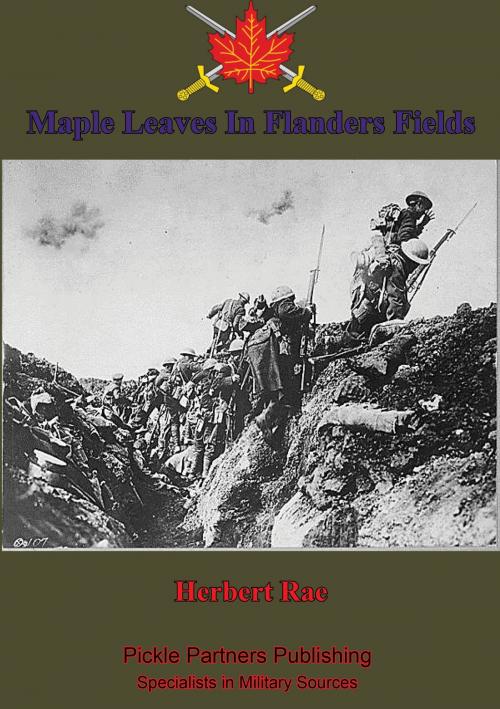

![Cover of the book The Lorraine Campaign: An Overview, September-December 1944 [Illustrated Edition] by Herbert Rae](https://www.kuoky.com/images/2015/november/300x300/9781786257543-SrSM_300x.jpg)
![Cover of the book Alamein to Zem Zem [Illustrated Edition] by Herbert Rae](https://www.kuoky.com/images/2015/november/300x300/9781786257512-Y8XW_300x.jpg)
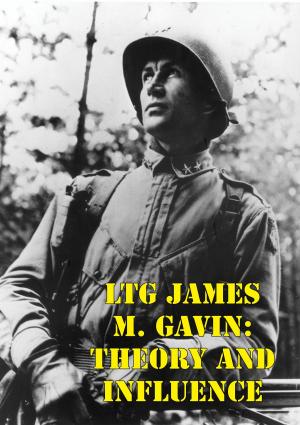

![Cover of the book Eye Witness’s Narrative Of The War From The Marne To Neuve Chapelle 1 September, 1914-March 1915 [Illustrated Edition] by Herbert Rae](https://www.kuoky.com/images/2015/november/300x300/9781786255594-V3rY_300x.jpg)

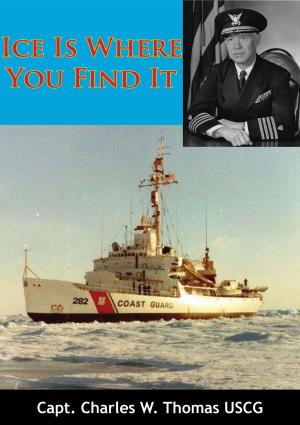
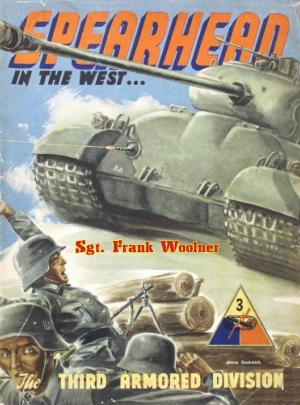
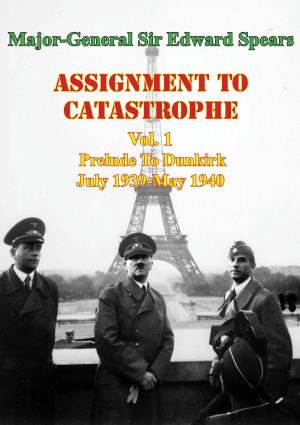
![Cover of the book Dark December: The Full Account Of The Battle Of The Bulge [Illustrated Edition] by Herbert Rae](https://www.kuoky.com/images/2014/august/300x300/9781782898474-xBRx_300x.jpg)

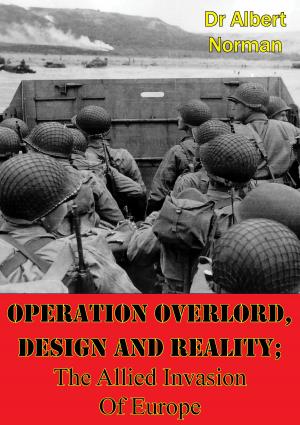
![Cover of the book The Dardanelles Campaign [Illustrated Edition] by Herbert Rae](https://www.kuoky.com/images/2012/april/300x300/9781782890997-ILiM_300x.jpg)
![Cover of the book Temporary Crusaders [Illustrated Edition] by Herbert Rae](https://www.kuoky.com/images/2014/august/300x300/9781782893097-kcFH_300x.jpg)